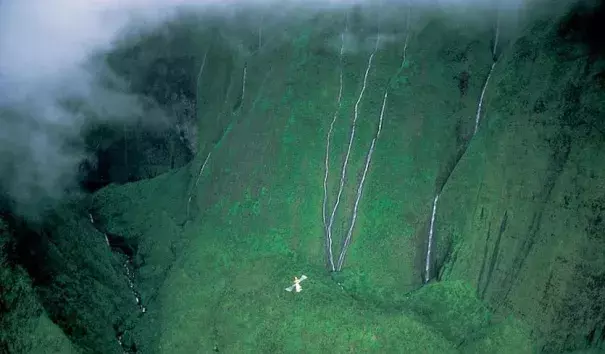A Summary of U.S. State Historical Precipitation Extremes

The 12-month period ending in June 2019 was the wettest year-long period on record for the contiguous United States (see Bob Henson's post about this). Contributing to this was the very wet calendar year of 2018. It was the third wettest on record (since 1895) for the contiguous U.S., surpassed only by 1973 (#1) and 1983 (#2). Eight states and the District of Columbia saw at least one site break the respective state record for most precipitation measured in a calendar year...
...
Many studies have concluded that the frequency and intensity of extreme precipitation events are likely to become more frequent as a result of climate change, and that such changes are already occurring in many locations. A report in the online journal Eos last June noted that for every 1°C rise in temperature the Earth’s atmosphere can hold 7% more water (see this summary of the report).
As precipitation events become more extreme, we may also see starker juxtapositions between record-high and record-low precipitation events. One anecdotal example: the summer of 2019 was the second warmest on record for the state of Alaska and also the driest for portions of the south-central and southeast (like Anchorage). Yet Nome managed to observe its greatest 24-hour rainfall event on record when 2.43” of rain were measured on August 1-2. Nome’s period of record (POR) goes back to 1906.


